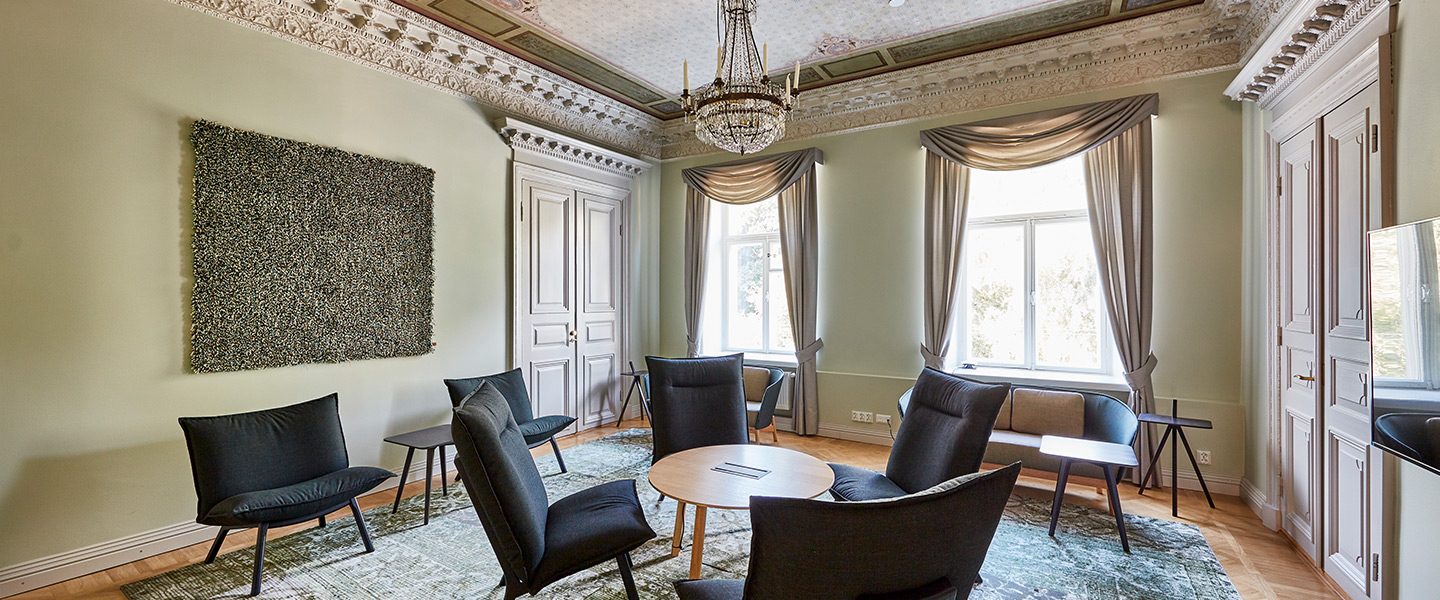Heritage and preserved buildings

Working with existing valuable building stock requires designers to have both sensitivity towards the original architecture and a strong knowledge of technical solutions. UKI Architects’ extensive experience with protected and culturally significant sites brings confidence to your project from the very beginning. Our design team understands the requirements of presaved and heritage buildings and has specialized expertise, particularly in restoration. When necessary, we leverage our company’s broad expert network to assemble a multidisciplinary team.
Renovation and modification projects also seek to address the significant contemporary issues related to urban structure and sustainable development. Thus, the industry has and continues to develop a variety of economic drivers. Inspiring examples include the circular economy’s effort to dismantle building components intact for reuse. The importance of location is emphasized as historical buildings are often situated in central areas, supporting sustainable mobility and urban structure. Currently, the greatest impact on reducing emissions from the built environment comes from decreasing the energy consumption of existing buildings and improving heating energy systems. Therefore, renovation offers the quickest and most significant impact on reducing the carbon footprint of the built environment. Typically, a key aspect of renovations is integrating new building technology into existing spatial solutions. Comprehensive renovation is often a cost-effective climate action over the lifecycle of the building.
In terms of technical solutions, we are committed to sustainable development and environmentally friendly approaches, applying the latest knowledge and techniques tailored to each site to ensure the buildings remain and meet modern standards. Even in restorative repairs, increasing attention must be paid to building health and integrating solutions that work holistically in this context. Some solutions found in old buildings are also technically excellent. With expertise, these can be preserved and integrated with new solutions, both technically and architecturally.
High-quality planning of repairs for protected and heritage buildings can increase the property’s value in the long term. Buildings that retain their historical value are attractive and stand out from other properties, thus providing a competitive advantage to their owners. Property owners can also benefit from a positive reputation by participating in the preservation of historical buildings and cultural heritage. Conversion construction, on the other hand, can combine the new with the old in an architecturally interesting way, while preserving valued historical layers. Conversions themselves have a long tradition: technically or architecturally sustainable buildings have been efficiently repurposed for new uses once their original purpose ended. Extension construction in valuable environments is also related to this field. For maintaining a property’s attractiveness and thus its preservation, conversions and extensions are important tools in the owner’s toolkit.
Working with protected and heritage buildings is a form of upholding an intergenerational agreement: previous generations have strived and accomplished something that we now wish to preserve for the future. At the same time, through the aforementioned positive connections, it must also be economically sensible for the property owner as a whole.